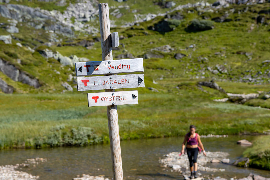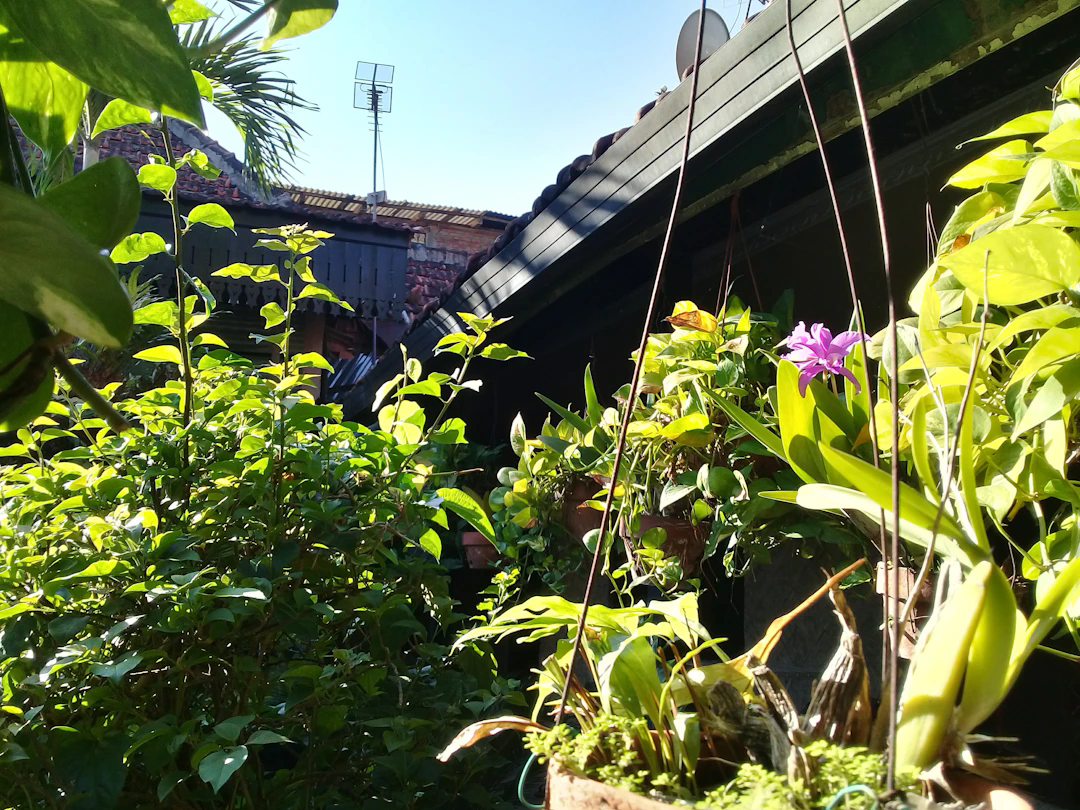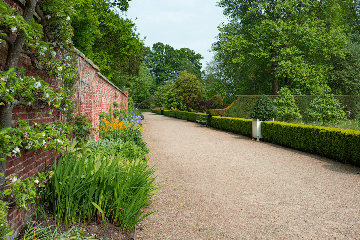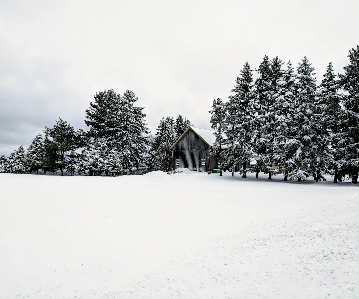Discover the Joy of DIY Herb Planters
There's a sense of satisfaction in drawing your own plans, gathering materials, and building something with your own hands. As a longtime advocate for sustainable living and hands-on crafts, I've learned that a DIY project isn't just about saving time or money; it's about immersing yourself in the creative process and watching a functional piece come alive in your home. One project that encapsulates both beauty and utility is the wall-mounted herb planter—a piece that brings a living edge to your kitchen or garden wall while keeping fresh flavors within arm’s reach.
Recently, I spotted a Williams Sonoma planter styled with herbs, not succulents, and it sparked my imagination. Why settle for mere decoration, when you can cultivate a blend of form and function? With a bit of wood, some tools, and creative energy, you can build a planter that's uniquely yours, without the mass-produced feel of plastic or metal inserts.
Seattle’s climate is a generous partner to year-round gardeners. The wall planter project I tried showcased a mix of region-friendly herbs: English wedgewood thyme, flat Italian parsley, English lavender, and rosemary—each hardy and beautifully aromatic. After sanding the white wood surfaces and assembling the sections, I couldn't help but admire the tactile pleasure of raw materials giving way to something new.
Sometimes, there's a touch of imperfection—maybe a split in the wood or a slightly off-center shelf—that adds to the charm. As I hammered and glued, I thought about the empowerment in making rather than buying, and how every shelf slanted just right is a testament to learning by doing.
Monochrome Magic: Patio Planter Inspiration
Of course, your plant containers don't need to end indoors or in the kitchen. Outdoor patios are blank canvases, begging for a creative accent. Drawing inspiration from Alexandra Hedin’s collaboration with Swansons Nursery, consider a monochromatic scheme for your patio pots. By choosing plants of similar hue but varied textures—like integrating a bay laurel topiary with contrasting boxwood and hebe in checkerboard fashion—you can create a harmonious yet striking display.
In Seattle, fast-growing and low-maintenance plants like horsetail reed offer a contemporary twist, thriving in shallow containers and lending a sculptural quality. When grouped, such planters not only elevate the look of vacant patios but also act as soft barriers between lawn and leisure areas.
The process doesn’t end at planting—think about the presentation, too. Naturally aging cedar planters with custom stains provides a finished look and connects modern aesthetics with natural warmth. These choices echo the Happy Garden Projects’ belief in personalizing every space, indoors and out.
Planting Strips: Gardening on the Urban Edge
If you’ve wandered through Seattle neighborhoods, you may have noticed lush planting strips lining the sidewalks. These slender, often overlooked public spaces are open to transformation—provided you follow city guidelines. Before breaking ground, a Street Use permit is required (the good news: it’s free, as long as you adhere to regulations), and it's essential to check for underground utilities with a quick call to 811.
The planting strip is your chance to champion biodiversity and provide a natural buffer along the street. Seattle’s recommendations encourage the use of native and drought-tolerant species—think lady fern, Pacific Coast iris, English lavender, blue fescue, and compact varieties like Mount Vernon cherry laurel or dwarf olive. These not only thrive locally but are well-behaved neighbors, keeping sidewalks clear and intersections visible.
| Plant Type | Locally Suggested Species |
|---|---|
| Groundcovers | Wild ginger, blue fescue, shore juniper |
| Perennials/Grasses | Lady fern, Pacific Coast iris, lavender |
| Low Shrubs | Rosemary, dwarf olive, snowberry |
Permits & Practical Steps for Success
Whether building a planter box or redesigning a planting strip, organization smooths the way. Draw a simple site plan, referencing city templates if your project crosses into public space. For planters, choose non-toxic finishes like mineral oil inside the boxes if you’ll grow edibles, and consider a watering mat to ensure your vertical herbs stay healthy with minimal fuss.
When your plan is ready, Seattle’s online services make applying for the necessary permits straightforward. Attending workshops, such as those at the Northwest Flower and Garden Show, or visiting local nurseries like Swansons, offers valuable resources and inspiration. And remember, the uniqueness of your project—every cut, every plant choice—is what transforms your house or street into a more joyful, vibrant haven.
References:
[1] How To Make A Herb Wall Planter | Dunn DIY
[2] Modern, Monochromatic Patio Planters | Swansons Nursery
[3] Gardening in the Planting Strip | Seattle.gov
Read More

Ingrid Felton
Author
Born in a small coastal town in Maine, Ingrid Felton spent her formative years exploring tide pools and sketching sea birds. She earned a degree in marine biology before transitioning to work as a scientific illustrator, blending her love for the ocean with her artistic skills.
In her thirties, Ingrid moved to Seattle, where she balances freelance contracts with volunteering at local environmental organizations. She is known among peers for her detailed watercolors and her advocacy for sustainable marine practices.


